Cabo de Santo Agostinho is a city in the state of Pernambuco, Brazil.
Known for its beautiful beaches, natural landscapes and rich history, the city is an attractive tourist destination for visitors from all over the world.

LOCATION
Cabo de Santo Agostinho is the most western city of Pernambuco and is located about 40 kilometres from Recife.
It is a region that stands out for its geographical characteristics and the diversity of its natural beauty.
The beaches and their attractions
Cabo de Santo Agostinho has nine beaches in an area of 445 square kilometres, with crystal clear waters, white sand, sandstone reefs, volcanic rocks, natural pools, mangroves and coconut trees.
The town also has churches and historic ruins dating from the 17th century, as well as viewpoints and cliffs.
Water sports and extreme activities
The beaches of Cabo de Santo Agostinho are ideal for water sports such as diving and fishing, as well as more radical activities such as abseiling, trekking and paragliding.
One of the most popular programmes in the city is the buggy ride, which allows visitors to explore the beaches, viewpoints and Vila de Nazaré, home to historical ruins and the famous clay, renowned for its aesthetic qualities.
Costa dos Arrecifes
Known as the Costa dos Arrecifes, this stretch of coastline includes the beaches of southern Pernambuco, stretching from Cabo de Santo Agostinho to Tamandaré, near Alagoas.
The main access is via the PE-060 motorway. Among the best beaches in the region are Gaibu, Calhetas, Pedra do Xaréu and Camboa, all with unique characteristics that attract tourists.
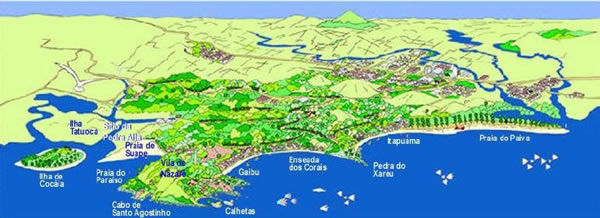
Historical aspects
The old Arraial do Cabo, now Cabo de Santo Agostinho, was founded on the exploitation of sugar cane.
Several sugar mills can still be seen in the region, including the Massangana mill, which now houses the Casa de Cultura, where the abolitionist Joaquim Nabuco lived.
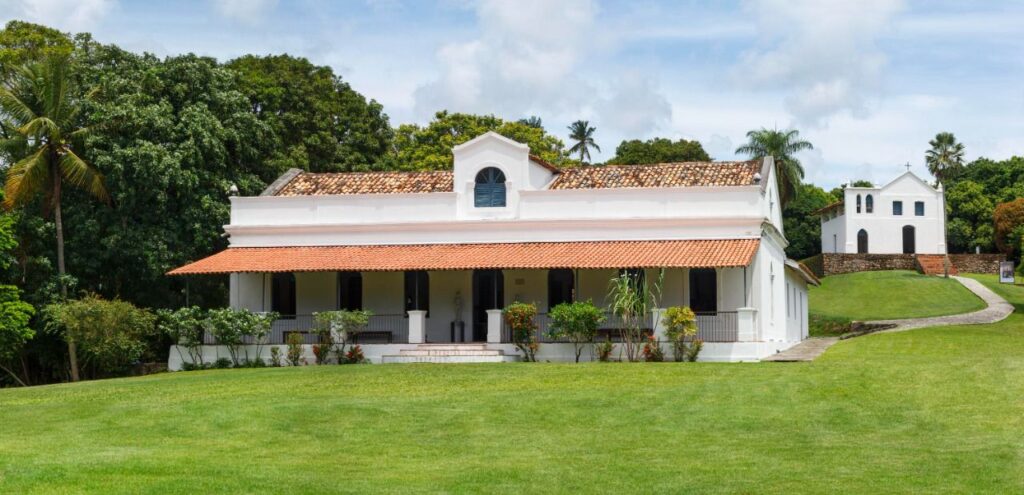
The ruins of military buildings on the beaches underline the strategic importance of the area during the colonial period, when there were conflicts between the Indians, Portuguese and Dutch.
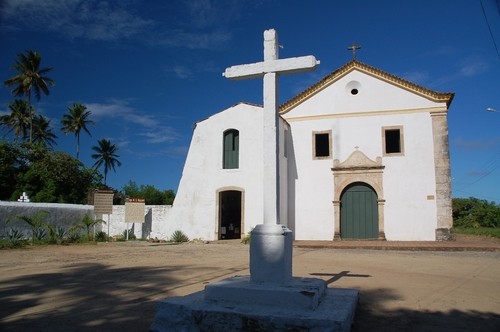
The 16th century Church of Our Lady of Nazareth and the ruins of a 17th century Carmelite convent, located in the village of Nazareth, are tourist attractions worth visiting.
Videos – Places of interest in Cabo de Santo Agostinho
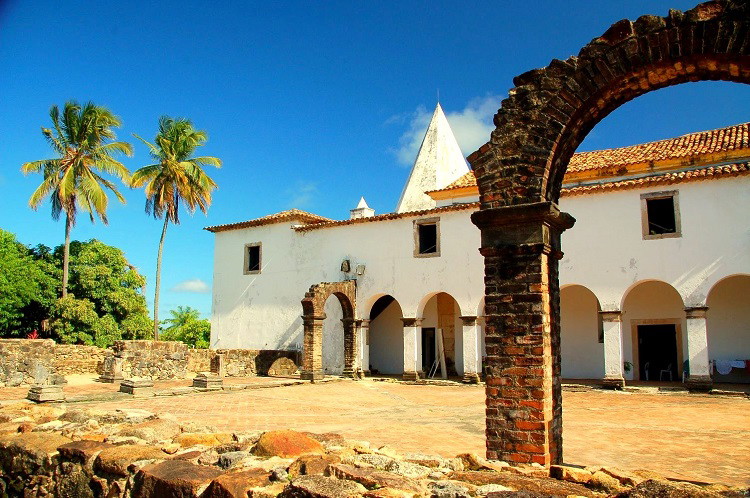

O QUE CONHECER EM CABO DE SANTO AGOSTINHO?09:05

Cabo de Santo Agostinho em Pernambuco08:22

Cabo de Santo Agostinho em Pernambuco10:30

Ruinas da Igreja Vila Nazaré em Pernambuco

Praia do Paiva01:44

Calhetas em Pernambuco01:26
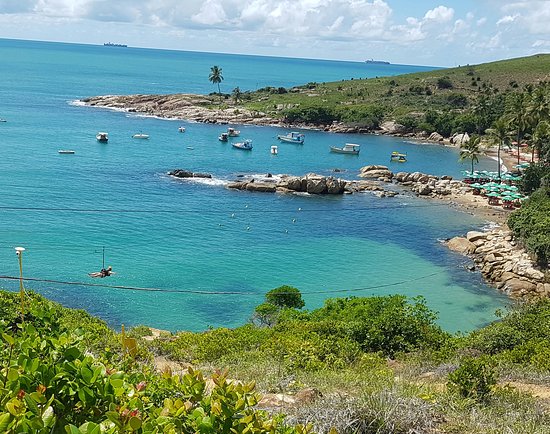
Praia de Calhetas - Cabo de Santo Agostinho02:36
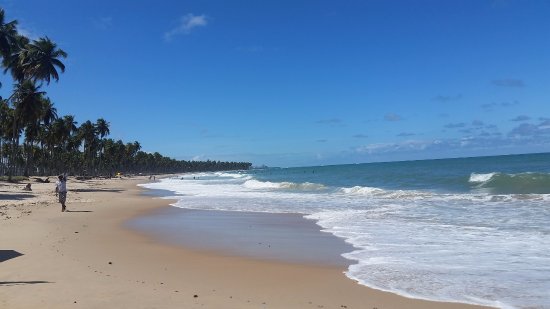
Praia do Paiva - Cabo de Santo Agostinho01:44
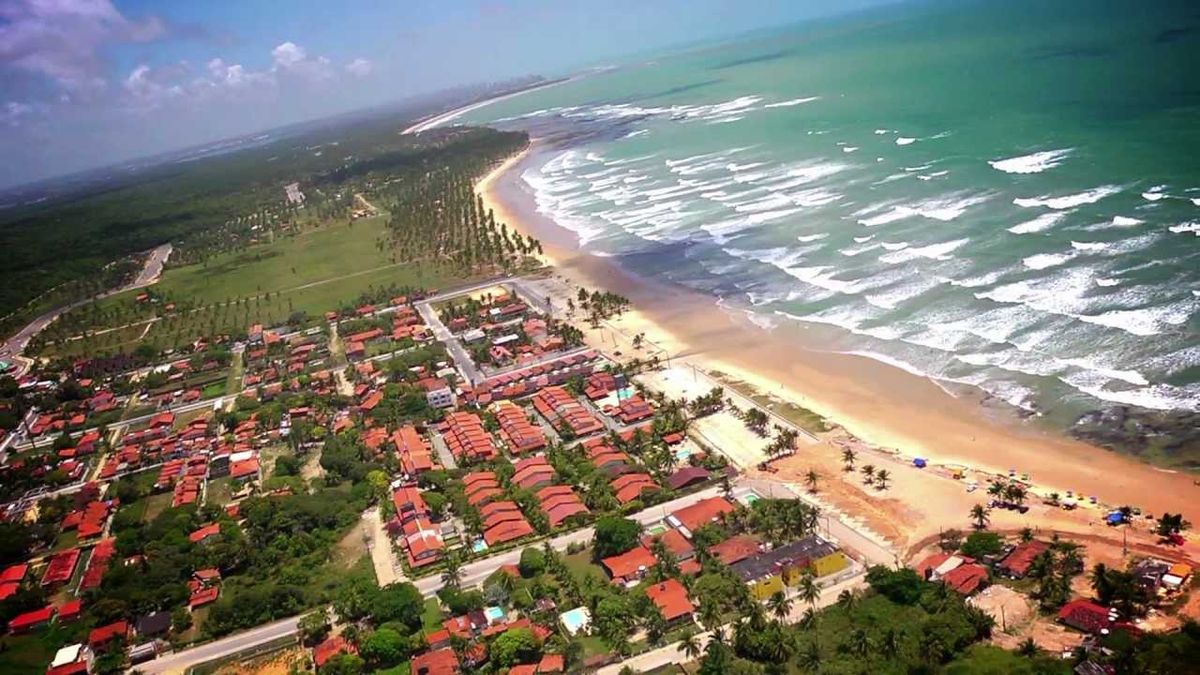
Praia de Itapuama em Pernambuco04:57
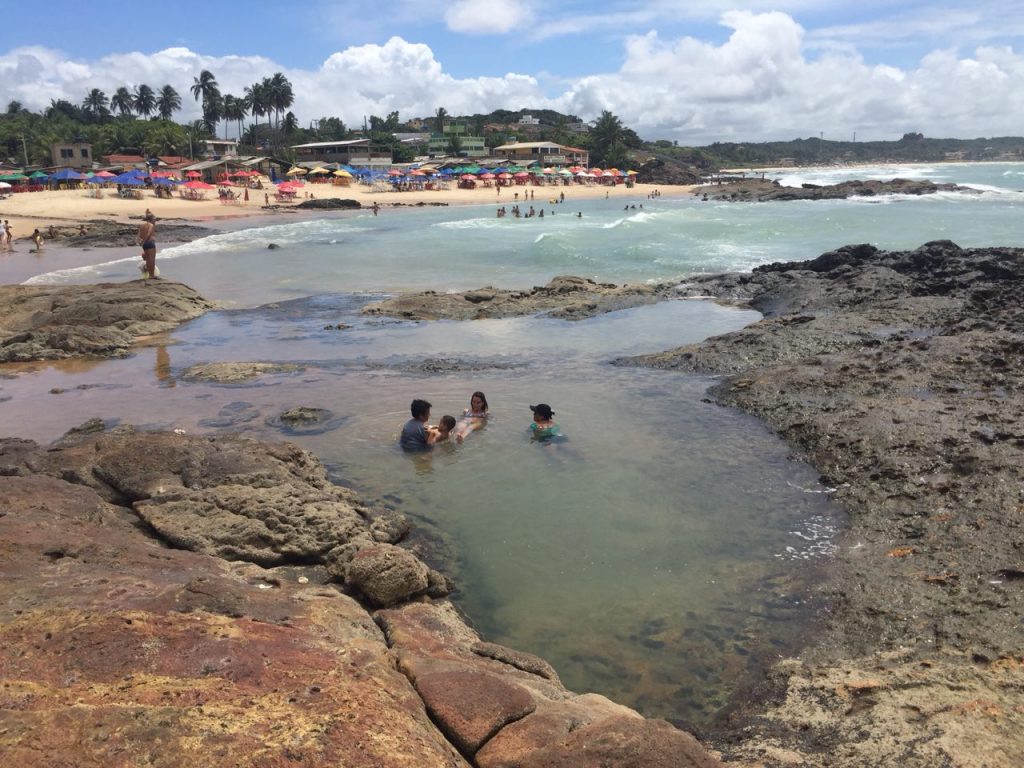
Pedra do Xaréu - Cabo de Santo Agostinho08:58
Main tourist attractions
The Beaches
- Praia de Suape: Known for its natural pools formed by sandstone reefs, it is ideal for swimming and water sports.
- Praia do Paraíso: The smallest beach in the region, it is a quiet spot, ideal for those seeking peace and quiet.
- Praia do Cabo: This beach offers a beautiful and peaceful setting, ideal for swimming and leisure activities.
- Praia de Calhetas: A cove perfect for snorkelling and fishing, surrounded by lush vegetation.
- Praia de Paiva: This beach is characterised by its white sand and dense coconut groves.
- Praia de Gaibu: Ideal for surfers, known for its beautiful views and tourist infrastructure.
- Enseada dos Corais: With beautiful natural pools, it’s perfect for swimming.
- Itapuama Beach: Known for its good waves, popular with surfers.
- Pedra do Xaréu Beach: Famous for its natural pools that form at low tide.

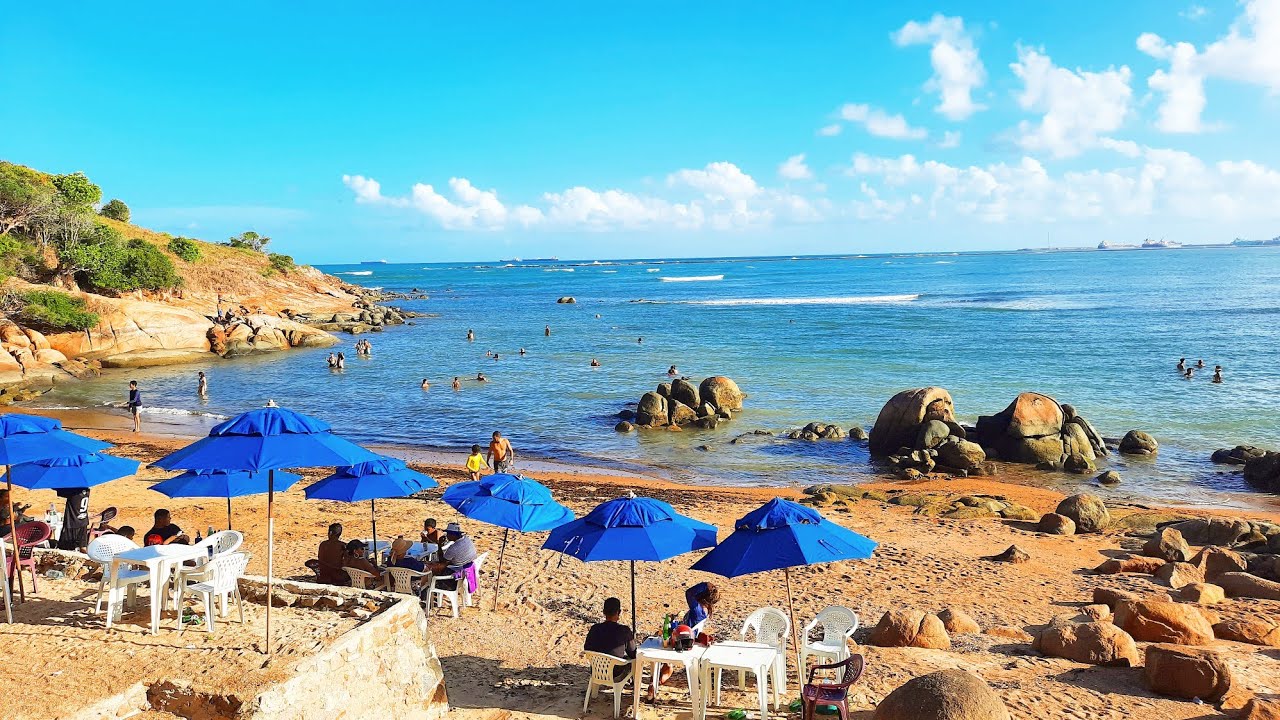
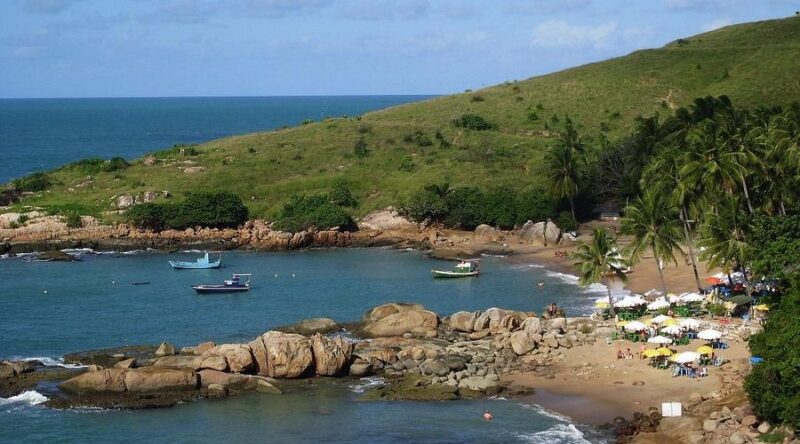
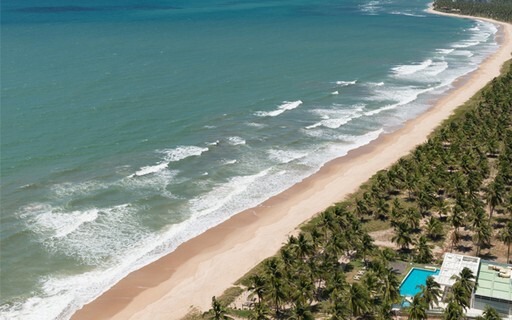

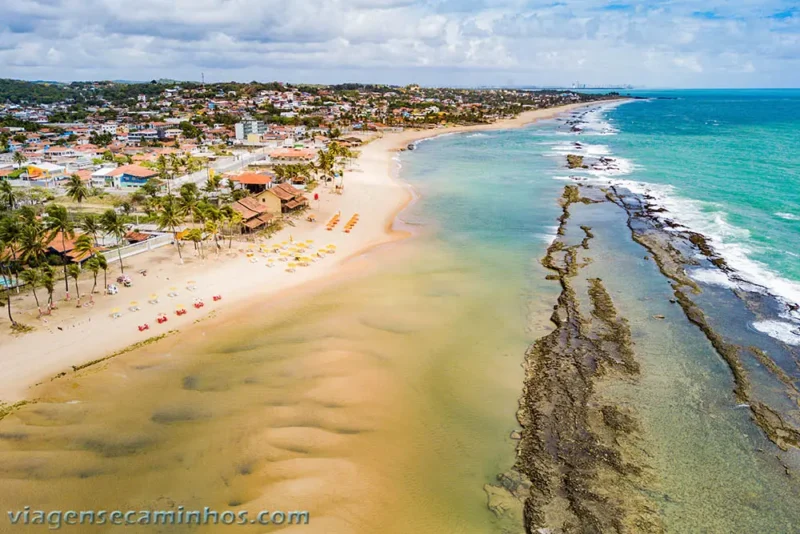
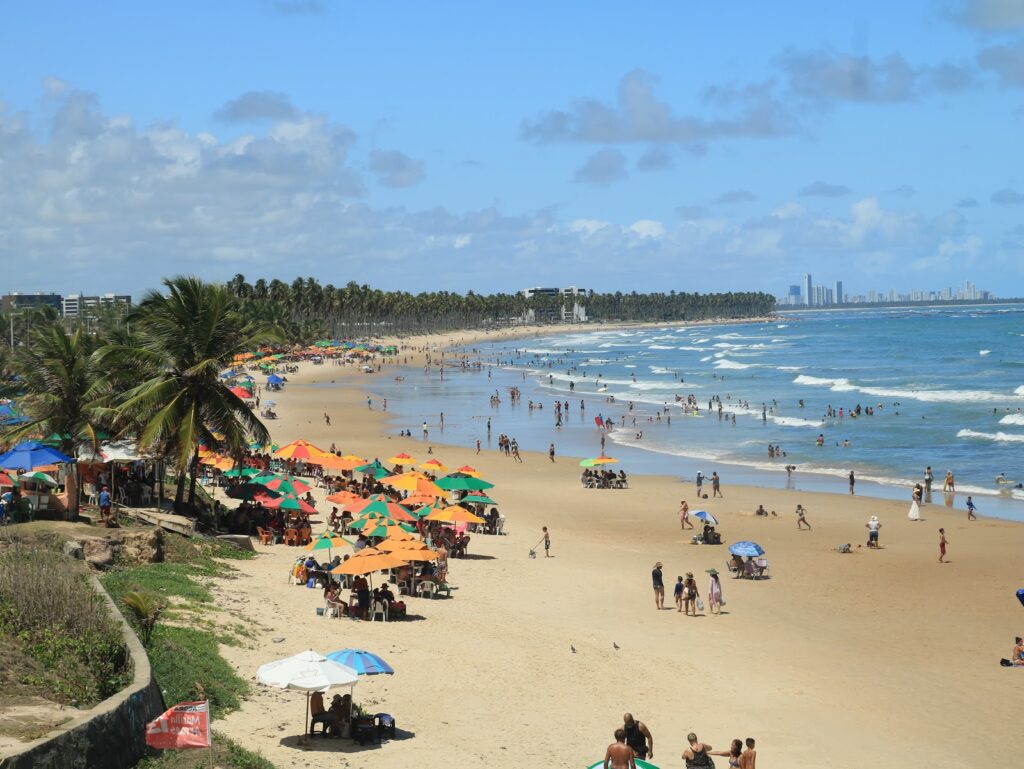
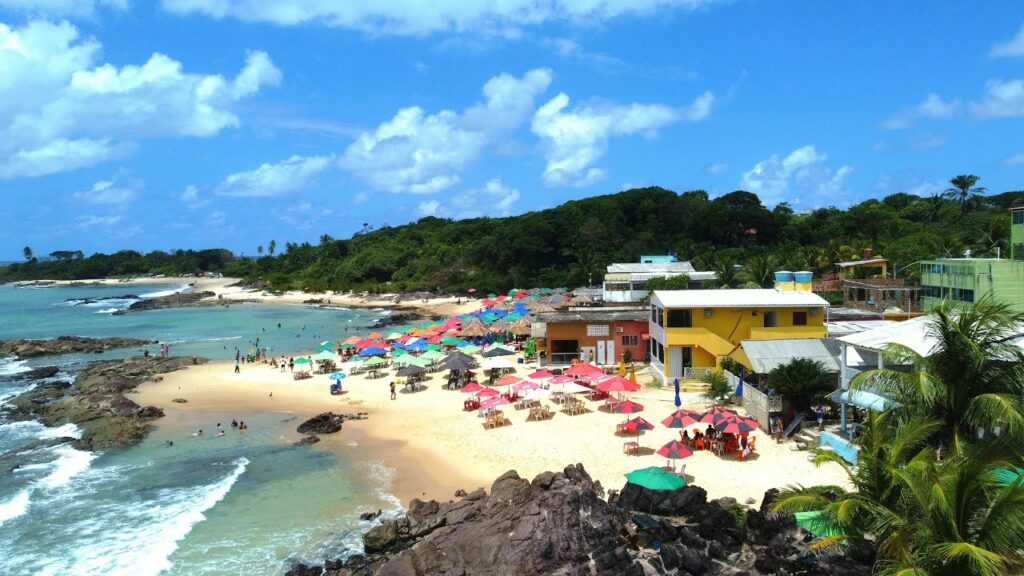
See the map of the South Coast of Pernambuco
Historical and Cultural Sites
- Ruins of the Carmelite Convent: A 17th century convent that reveals the religious history of the region.
- Our Lady of Nazareth Church: A colonial church that preserves the local cultural heritage.
- Castelo do Mar Fortress: A historic fortress used as a defence against invaders.
Outdoor activities
- Trails and Walks: Various trails through the Atlantic Forest, such as the Trilha do Paraíso, offer the opportunity to explore the local fauna and flora.
- Diving and Snorkelling: The crystal clear waters and rich marine life make the region ideal for these activities.
Ecotourism
- Armando de Holanda Cavalcanti Metropolitan Park: A nature reserve where you can go hiking and bird watching.
- Morro das Pedras: A place with a panoramic view of the beaches and the port of Suape.
Practical tips
- Best time to visit: The dry season, from September to March, is ideal for enjoying the beaches and outdoor activities.
- Accessibility: Located about 40 kilometres from Recife, it is easily accessible by public transport or car.
History of Cabo de Santo Agostinho
The history of Cabo de Santo Agostinho began long before the Portuguese arrived in Brazil. Like much of Brazil, Cabo was populated by indigenous people of the Caeté ethnic group.
The first settlements, called Arraial do Cabo, appeared in the second half of the 16th century.
It consists of the parish churches of Sto. Antônio, Sto. Amaro, Nossa Senhora do Livramento and the former Capela do Rosário dos Pretos (now Praça Théo Silva), and the sparse houses represented by the old buildings in Matriz (Rua Vigário João Batista) and Dr. Antonio de Souza Leão streets.
The façades are protected by municipal law, but most of them are unmarked.
In 1560, João Paes Barreto founded the Morgado de Nossa Senhora da Madre de Deus do Cabo de Sto Agostinho, connecting the Engenho Madre de Deus, later called the Engenho Velho. The document was drawn up on 28 October 1580.
According to Sebastião de Vasconcelos Galvão, author of the Dicionário Iconográfico, Histórico e Estatístico de Pernambuco (Iconographic, Historical and Statistical Dictionary of Pernambuco), the settlement of the parish dates back to 1618, before which it consisted of a few scattered houses.
More than two hundred years after the settlement of Sto. Agostinho was elevated to the status of a parish, the town of Cabo de Sto. Agostinho was created by the Charter of 27 July 1811 and the Royal Provision of 15 February 1812, sent to the then governor of the province, General Caetano Pinto de Miranda Montenegro.
Its foundation, however, took place on 18 February 1812, by the Ombudsman and Corregidor General of the District of Recife, Dr Clemente Ferreira de França.
The then Vila do Cabo de Sto. Agostinho was elevated to the status of a city on 9 July 1877, by Provincial Law No. 1,269, under the name of Cidade de Santo Agostinho do Cabo.
Cabo’s economy was based on the development of sugar cane monoculture, starting in 1570 with the donation of sesmarias along the Pirapama River.
João Paes occupied the land granted to him in 1571, south of the Araçuagipe River (Pirapama), and founded the first Engenho Bangüê (sugar mill), which he called Madre de Deus (today Engenho Velho), the oldest sugar centre in the region.
Later, with the creation of new sugar mills, Cabo came to represent the economic power of the province of Pernambuco, at a time when sugar cane represented the growth force of the country.
Cabo de Santo Agostinho Tourist Guide in Pernambuco
Publicações Relacionadas
Santo Aleixo Island: A tourist paradise in Pernambuco
Discover the Beauty of São José da Coroa Grande in Brazil
Tamandaré: Explore the Best of Pernambuco
South Coast of Pernambuco Travel Guide and Tips
Sugar mills on the outskirts of Porto de Galinhas PE
The Ultimate Guide to Porto de Galinhas in Pernambuco
Porto de Galinhas: Explore Brazil's Best Beach
This post is also on:
![]() Português
Português ![]() English
English ![]() Deutsch
Deutsch ![]() Español
Español ![]() Français
Français



















